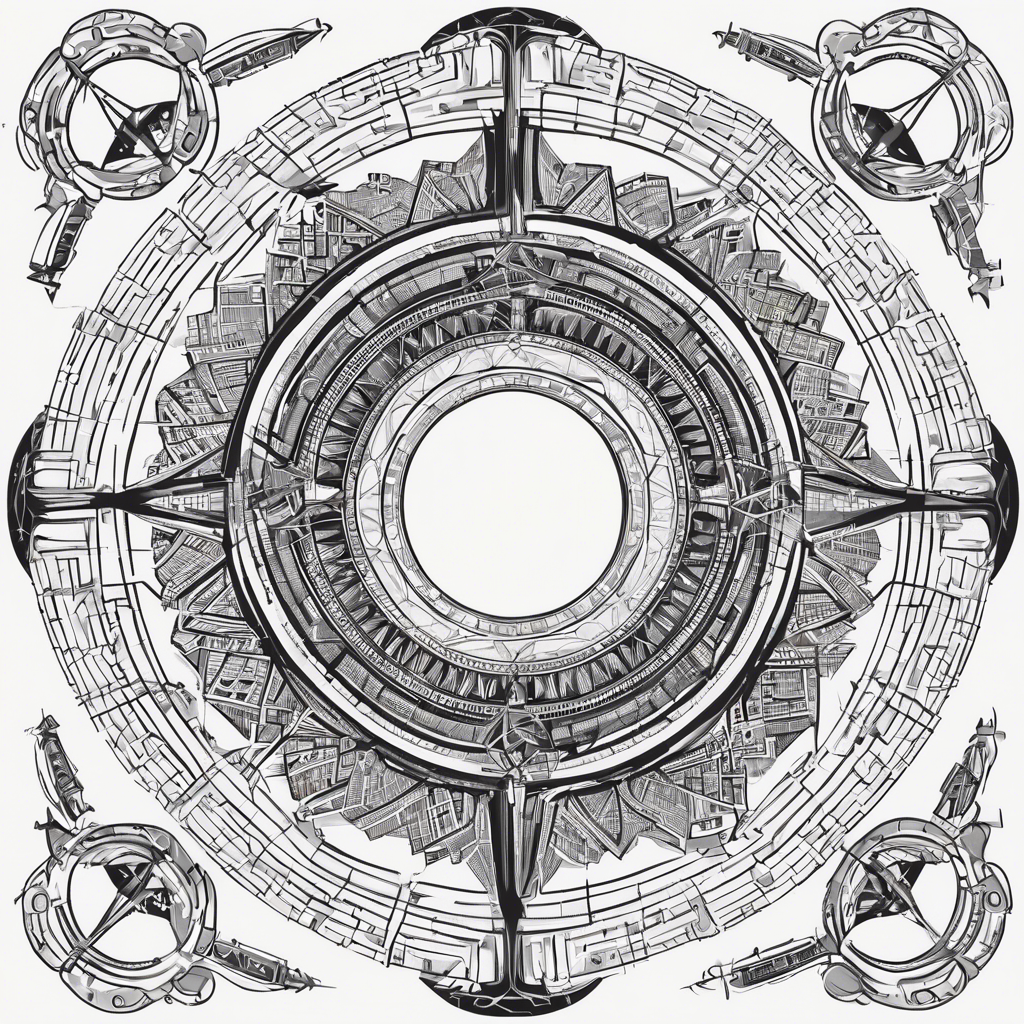A 360-degree angle is often referred to as a full circle in geometry. When we talk about angles, we are essentially measuring the amount of rotation between two intersecting lines. In this case, a 360-degree angle represents a complete rotation or a full turn. It is as if starting from a point, then turning all the way around and coming back to the starting point, covering a total of 360 degrees in the process.
Understanding angles is crucial in various fields, including mathematics, engineering, and design. In geometry, angles help us describe the relationships between lines and shapes, providing valuable information for solving problems and representing spatial concepts. The concept of a 360-degree angle is fundamental as it serves as a reference point for measuring other angles and understanding the concept of rotation.
In real-world applications, a 360-degree angle can be seen in various contexts. For instance, when navigating with a compass, a full circle represents a complete revolution or rotation. Pilots and navigators use headings measured in degrees to determine directions and plot courses accurately. In astronomy, a full circle is used to measure celestial coordinates and track the movement of celestial bodies across the sky.
In digital technology and virtual reality, the concept of a 360-degree angle has gained significant importance. Virtual reality headsets and cameras use 360-degree technology to provide users with immersive and interactive experiences. By capturing a complete view in all directions, users can explore virtual environments as if they were physically present, enhancing the overall experience.
Moreover, in photography and videography, the term “360-degree angle” is commonly associated with panoramic images and videos. By capturing a scene from all angles simultaneously, photographers and filmmakers can create immersive content that allows viewers to explore and interact with the environment. This technology has revolutionized visual storytelling and content creation in various industries.
In mathematics, a 360-degree angle is considered a full rotation, equivalent to 2π radians in trigonometry. Radians are another unit of measuring angles, with 2π radians equaling a full circle. Understanding the relationship between degrees and radians is essential for advanced mathematical calculations and applications involving trigonometric functions such as sine, cosine, and tangent.
Furthermore, the concept of a 360-degree angle can be extended to multiple rotations or revolutions. For example, a 720-degree angle represents two full circles, while a 1080-degree angle signifies three complete rotations. These multiple rotations are used in advanced geometry and physics to describe complex motions and patterns involving circular or periodic movements.
In architectural and engineering design, angles play a crucial role in creating structures that are stable, functional, and aesthetically pleasing. Architects use angles to determine the orientation of buildings, plan layouts, and design structural elements. Engineers rely on angles to calculate forces, stresses, and dimensions for constructing bridges, buildings, and mechanical systems.
In summary, a 360-degree angle represents a full circle or complete rotation, serving as a fundamental concept in geometry, mathematics, and various practical applications. Understanding angles and their measurements is essential for solving problems, representing spatial relationships, and navigating the world around us. Whether in digital technology, photography, astronomy, or design, the concept of a 360-degree angle continues to play a significant role in shaping our understanding of space and motion.

